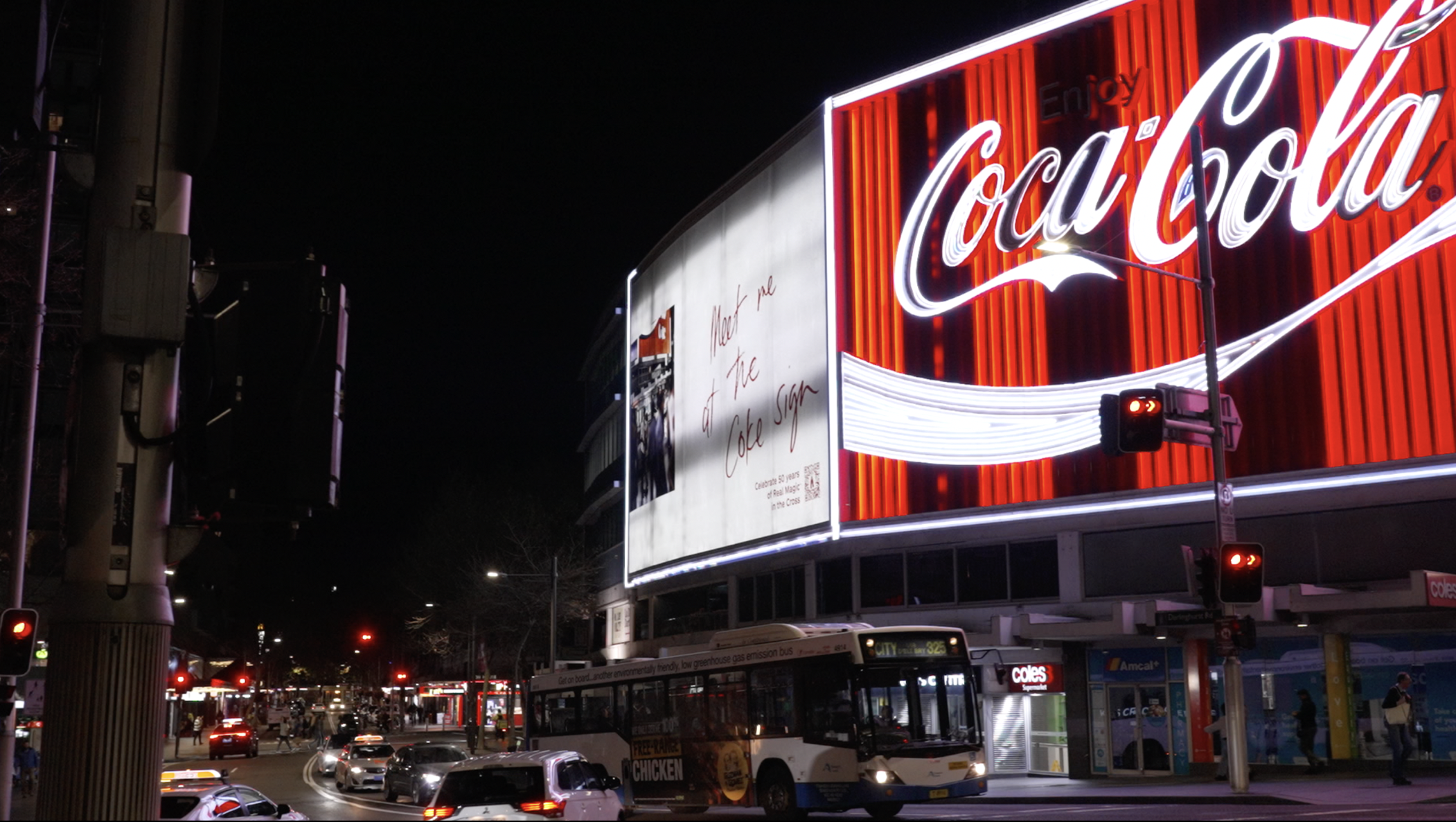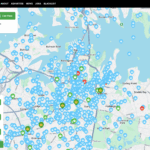Sales of e-bikes and e-scooters are booming in Australia, and governments across the country are weighing up tighter laws around them, pointing to rising battery fires and reports of reckless riding.
According to data from cycling advocacy group WeRide Australia, sales of e-bikes nearly quadrupled from 54,000 sales in 2020 to nearly 200,000 in 2022, driven by both business use and their appeal to commuters.
They argue registering e-bikes would be a step backwards and could discourage use in the cycling market, which contributes $16.9 billion to the economy annually.
“We want more people on bikes, not more barriers,” Peter Bourke, executive officer of WeRide Australia, told Central News.
Why it matters
The 2023 Cycling and e-Scooter Economy Report found cycling contributes $17.6 billion to the Australian economy each year. That includes $16.6 billion in direct economic activity, plus nearly a billion dollars in health savings.
Cycling also helps to avoid more than 514,000 tons of co2 emissions annually or close to the same as taking 200,000 cars off the road. Australian rode an estimated 3.9 billion kilometres that would otherwise have been driven.
Bourke said cycling makes cities more liveable, adding: “Our cities were designed for the horse and cart. They’re horrible to move around by car.
“The more we prioritise cars, the more we separate communities.”
He added that half of all trips in major cities are under 5 kilometres and in many cases, it is faster to ride a bike than it is to drive, one reason why some advocates see e-bikes as a climate, congestion, and health solution rolled into one.
Backlash follows boom
Industry analysts project that growth of e-bikes to continue, with the Australian market expected to reach about $150 million in 2025 and expand by more than 9 per cent annually through the next decade, according to Data Insights Market and Expert Market Research.
Tino Kwatara, who runs Pedl, a Sydney e-bike shop based in Redfern that services mainly e-bikes, says most of his customers are just looking for a relaxing, easy commute.
“Some people live too far to walk, but too close to justify driving,” says Kwatara. “Others are older, or recovering from surgery, and want to stay mobile. E-bikes give them that option.”
But there has been backlash. NSW has recorded a significant increase in e-bike lithium-ion battery fires since 2021, after federal rules loosened import controls. Exploding batteries have also driven up insurance costs in apartment blocks and homes. Councils have reported more complaints too about “fat bikes” on beaches and reckless riding.

Source: Fire and Rescue NSW
Bourke says the image problem is real.
“E-bikes are now seen by some as youth hooligan tools,” he said. “The perception makes it harder to get the government on our side.”
E-bike registration
High profile public figures, such as independent MP Dr Sophie Scamps, have called on the government to treat e-bikes more like cars, arguing it would improve safety and help regulate poorly made bikes on the market.
The proposal would classify e-bikes as road vehicles and force a national safety standard.
According to an e-bikes study by St Vincent’s Hospital more than 500 e-bike riders in the past two years have been admitted to emergency rooms for critical care due to a road incident.
“I get the idea,” Kwatara said. “There are some e-bikes out there with questionable parts. But if we make people register them, that’s just red tape. It’ll scare off commuters.
“The whole point of e-bikes is to make mobility easier.”
Bourke goes even further, arguing registration would cost governments more than it saves.
“For every kilometre that someone cycles, the economy gains about $1.20,” he claimed. “For every kilometre someone drives, it costs about 30 cents. The average car costs the economy around $4,000 a year in lost revenue. So why would we put barriers in front of something that saves money?“
Bourke also pointed to modelling by the Institute of Sensible Transport showing e-bike purchase incentives return around $7 for every $1 invested. In some scenarios, the return was up to $11 for every $1 spent.
Meanwhile, e-cars already receive generous tax breaks like salary packaging.
“There are no equivalent incentives for e-bikes,” Bourke said. “We want parity.”

A Lime e-bike. App-hire bikes and scooters are a common sight on Australian streets. Photo by Elliot Brown/Flickr.
Infrastructure and safety
Even without registration, many Australians remain hesitant to ride with safety being the biggest barrier to entry.
“We’ve had customers pick up a bike and admit they’re not confident riding on main roads,” Kwatara says. “There are apps that map cycle tracks around the city, which help, but people want more separated lanes.”
Bourke agrees that the perception of danger is enough to hold people back.
“Whether it’s real or perceived doesn’t matter,” he said. “If people don’t feel safe, they won’t ride.
“Mums decide whether their kid rides to school, whether partners ride in bunches, whether they feel safe riding themselves. If they don’t feel safe, cycling won’t grow.”
One program that worked, Bourke claimed, was the Ridescore trial on the Sunshine Coast, where children’s bikes were fitted with chips that sent parents notifications when they arrived at school and when they left there.
Too many politicians still see bikes as toys … they don’t see them as a legitimate part of the transport task.
The end result was a 55 per cent jump in kids riding to school.
Beyond infrastructure, advocates say cycling still faces an image problem.
“Too many politicians still see bikes as toys,” Bourke said. “They think it’s kids, or middle-aged men in lycra holding up traffic. They don’t see them as a legitimate part of the transport task.”
That perception has fed into policy. Bourke said while bike networks in some cities move as many people as rail, they receive a fraction of the budget. In Brisbane, for example, $20 billion is spent on rail, compared to $200 million for cycling.
“We’re always five to 10 years behind Europe,” Bourke said. “We haven’t decided whether e-bikes are transport tools or just electrical household items. Until we do, we’ll keep going in circles.”
Road ahead for e-bikes
Both advocates and retailers maintain registration is not the answer.
Bourke said the goal should be to make cycling normal, safe, and easy, while Kwatara added that better infrastructure and less red tape would help. Analysts forecast the Australian e-bike market will nearly double by the end of the decade.
“Ultimately, it’s heaps of fun to ride an e-bike,” Kwatara said. “Just go for it.”
Main image from Wikimedia.




























